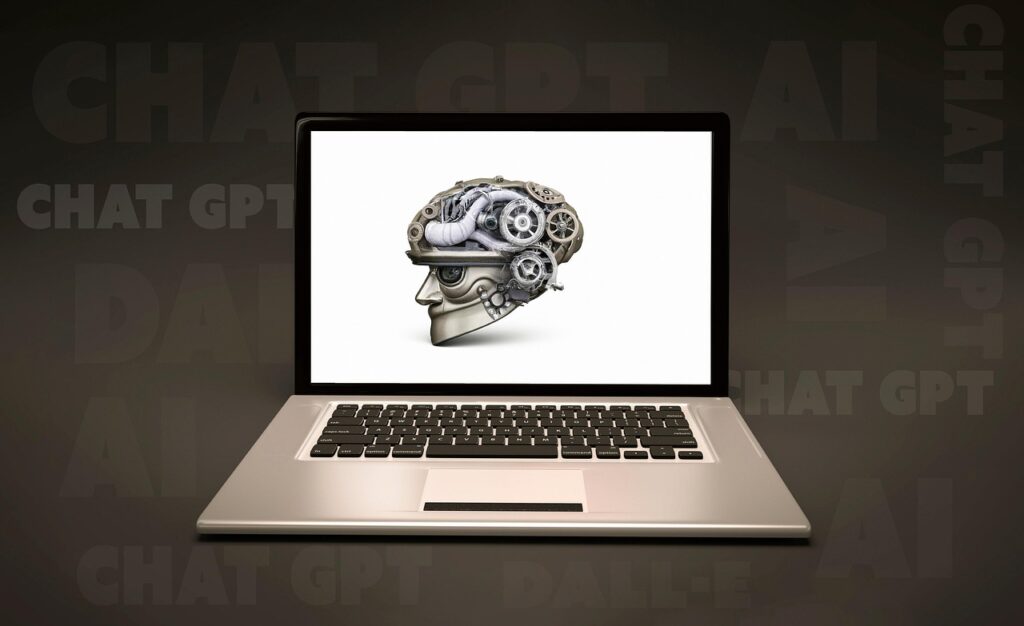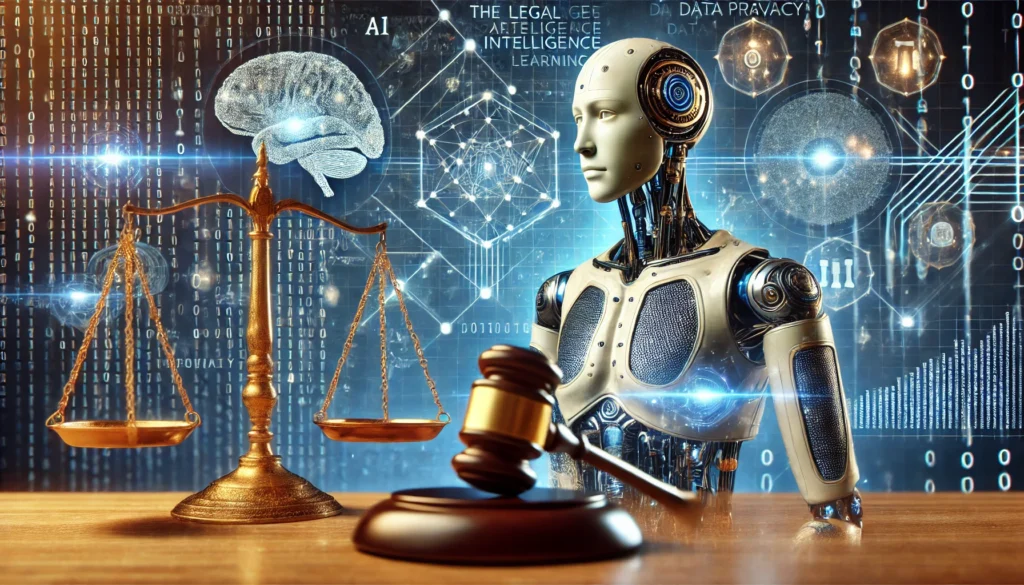Published on 20th April 2025
Authored By: Geeta Rani
Abstract
Human trafficking is the dark side of society where living human beings are commercialized as objects and gone through inhumane treatment merely because of unlawful gain by the evildoers for numerous purposes such as forced labor , domestic help, marriage, prostitution , entertainment , begging and removal of organs out of their body. Allurement, deception and coercion are the common means which are used by the offenders for their evil intent . In consequence of this victims fall into the hands of sinners and never found again. There are root causes which are responsible for it such as poverty, conflict, weak legal governance, and corruption, gender inequality, undocumented migrants, homelessness due to natural calamities, cyclones .
As it is known that transnational crimes have the capability to impact different countries. In this scenario it is an imperative demand of the world to get united and battle against this sinful business. So to deal with such crimes merely local laws are not enough, but establishing legal structure in the form of International pacts among the nations is also necessary . Such types of competent treaties can restrain the evil by guaranteeing the humanitarian rights by safekeeping of victims of human trafficking and putting them on trial against the offenders across the borders .
Introduction
In the modern era due to globalization, transnational crimes are increasing through which it gets easier for the offenders to affect millions of the victims globally. Human trafficking is one of those most odious transnational crimes where persons are merchandise for various purposes such as enslavement , prostitution, begging and removing their body organs to sell out . People are forced to work under exploitative conditions, often in industries such as agriculture, domestic work, and manufacturing.
Scope of Human trafficking
As in accordance with the Palermo Protocol, 2000[1] Human trafficking includes the recruitment, transportation, transfer, harboring, or receipt of persons through pressurizing , deception , or coercion to abuse those persons by pimps .
Victim
Generally it is considered that women of any age and children are easy prey for the offence of human trafficking, but adult male members also can be victims of human trafficking.
Offender
It is not necessary that an offender would be only an organized group but sometimes neighbours and family members also get engaged in such crimes due to greed .
Root causes behind the problem
- Due to Lack of awareness wicked pimps get advantage of innocent beings.
- Poverty is also a condition where individuals become subject to human trafficking.
- In the Conditions of battle and Natural calamities, people lose their homes and livelihoods.
- Inefficient legal structure and poor execution of law is one of the root causes of exemption from punishment of traffickers .
- Desperate people in the search of better job opportunities go for unsafe migration options and sometimes fall into the hands of traffickers.
- Human Trafficking is the topmost business to achieve billions of dollars, which encourages cold hearted and unethical minded people to opt this option.
Human trafficking census
According to the data source[2] Human trafficking is the second most commercial illegal business in all the 50 states of the U.S. There are 49.6 million people who come under the hold of modern slavery globally, and 12 million of them are children. It is reported that 88 million cases of child sexual abuse were reported to the National Center for Missing and Exploited Children in 2022. Certain regions are more vulnerable to trafficking such as Latin America, Eastern Europe, Africa, Southeast Asia.
Approach of International conventions to human trafficking
Some conventions were introduced worldwide along with anti trafficking provisions to deal with this transnational crime. These conventions focus on prevention, victim protection, and prosecution of traffickers.
- United Nations Protocol to Prevent, Suppress and Punish Trafficking in Persons Especially Women and Children[3] was adopted by the UN assembly in 2000. This primary international pact was launched to curb the said evil as a companion to the United Nations Convention to contend the matter of grave concern of human trafficking by safeguarding and supporting victims. It is inescapable to all member States to cooperate in scrutiny and to bring action against such transnational Crime. Purpose behind the protocol is to prevent this evil, protect the rights of victims and corporations among the nations to achieve the goal of this convention. It contains following three protocols-
- The Protocol to prevent suppress and penalize trafficking especially in persons especially women and children.
- The Protocol to anti smuggling of migrants by lands sea and air.
- The protocol against the illegal production and trafficking in firearms, their parts and ingredients and bullets.
- The Blue Heart Campaign[4] – The Blue Heart Campaign is an international scheme which is programmed by the United Nations Office on Drugs and Crime and documented in 1997 . This protocol was introduced in March 2009 and approved by more than 147 countries. The protocol contains statutory provisions and methods for protection, prevention and cooperation . The object of the campaign is to encourage governments to engage in this program and make society aware by virtue of human trafficking and preclude such crimes and accumulate funds to facilitate victims.
- Universal Declaration of Human Rights, (1948)[5] is a charter which was declared by The United Nations Assembly in 1945 and ratified by 193 Member States. It was a setup of exceeding seventy inalienable rights which are necessary for the development of human beings and their dignity. Articles 4 articulated in the document to forbid subjugation and enslavement. Article 5 pointed out that a person shall not be treated in a cruel, inhuman or degrading manner.
- International Covenant on Civil and Political Rights (1966)6 adopted on 16 December 1966 by General Assembly resolution 2200A (XXI) and came into force on 23 March 1976, to provide freedom and liberty by shielding the individuals from harsh treatment where they are being coerced to do labour. Article 8 of this covenant prohibits human slavery in all situations so human dignity can be safeguarded.
- Convention on the Elimination of All Forms of Discrimination Against Women (1979)[6] is an international treaty adopted in 1979 by the United Nations General Assembly and has been ratified by 189 countries. The pact put an embargo on prejudice against women. Article 6 mandated for states members to take pertinent measures to put an end to misuse of women and to codify law to prevent trafficking of women.
- Convention on the Rights of the Child (1989) and Optional Protocol (2000)[7] The Convention comprises 54 Articles, 1 Amendment, and 3 Optional Protocols. It is ruled out that Families, communities, and governments should play a substantial role in protecting the rights of children. The Protocols define rights for children in wars or children who are being merchandised and another protocol entitles children or their representatives to file complaints regarding breach of their rights to the United Nations . The United Nations Committee makes certain that nations are safeguarding the rights of children globally and Prohibiting child trafficking, child labor, and sexual exploitation.
International Organizations on Trafficking
The United Nations with intention to execute mechanisms of protocols against human trafficking and to eradicate child trafficking, following two Agencies were established .
- United Nations Office on Drugs and Crime
- International Labour Organization
Role of Local conventions
- Council of Europe Convention on Action against Trafficking in Human Beings (2005)[8] came into force on 1 February 2008 and in October 2023 accepted by 47 European states and Israel. While ensuring gender equality aims at victim protection, and efficient investigation and prosecution of traffickers. This pact is applicable on all forms of trafficking in human beings, without any discrimination and irrespective of any fact . This convention contains 47 articles which comprises redressal mechanisms, penal measures to curb the evil and guarantee all necessary courses of action which are required for human rights of victims .
- African Charter on Human and Peoples’ Rights[9] – The African unions to protect the civil, political, economical, cultural and social rights of persons adopted The African Charter on Human and Peoples’ Rights which came into force on 21 October 1986 . This charter also takes initiative to criminalise slavery and forced labor in African nations.
- South Asian Association for Regional Cooperation ,, Convention on Preventing and Combating Trafficking in Women and Children for Prostitution (2002)11 – This treaty addresses the concern of human trafficking in South Asia and expresses worry about trafficking of women and children for the purpose of prostitution which is against the dignity of human beings and infringes natural rights. The SAARC Convention is basically against the trafficking in women and children signed in 2002 by member States including India. The Convention is created with the intention to promote cooperation amongst member States to forbid criminal networks of offenders in countries of the SAARC and to rehabilitate victims of trafficking.
- The Association of Southeast Asian Nations, Convention Against Trafficking in Persons (2015)[10] – Southeast Asian countries aim to achieve the target of preventing human trafficking against women and children. It includes Articles to protect and aid victims of trafficking while respecting their human dignity and encouraging cooperation among the Parties to achieve the goal of drafted documents. The pact ensures that meetings of senior officials (on Transnational Crime) shall be responsible to promote, monitor, review and report the case from time to time. The ASEAN Ministerial Meeting shall execute this Convention internationally and locally, emphasising principles of nondiscrimination.
Challenges in Enforcing International Conventions
Although we have stringent laws in reference to this issue, either in the form of State legislature or international conventions. We can still witness a number of cases in our daily routine . Many nations are members of international treaties but are at fault to enforce them due to following reasons –
- It is quite difficult to construct such International law which is free of jurisdictional discord and it is considered as the prominent barrier in the path coordination worldwide to execute treaties.
- There are some factors which put an embargo on victim rehabilitation, in society such as lack of adequate victim shelters, mental support, and legal aid etc.
- Digitization also opens the door for offenders to capture victims through social media and sometimes it gets burdensome for the authorities to detect crime.
Ways to address the issue
- Companies should embrace ethical labor exercises to forbid coerced labor. Economical organisations must keep an eye on sceptical transactions by virtue of trafficking.
- The public should be acquainted with trafficking risks so campaigns to raise awareness must be initiated to make individuals capable of saving themselves.
- Governments should establish well planned migration rules to avoid exploitation in the course of action of migration .
- Digital protection legal framework should be capable of monitoring misuse of social media activities and other technological abuse to prevent such crimes.
- Non Governmental Organizations should come forward to elevate awareness of International emancipation and facilitating victims. Nations should associate worldwide, to make balance with respect to legal machinery and determine punishments for the efficient trial and investigation procedure in transnational crime.
- There should be a well built policy for victim protection.
- There should be proper governance regarding utilization of technology to detect digital trafficking and to trace unlawful pecuniary circulation.
- Governments must constrain anti-trafficking laws that align with international conventions.
- It is essential for the target of criminalization to deter the evil minded people by ensuring imposition of strict punishments to the transgressor .
- Countries should unify to win the battle against transnational trafficking.
- Non-governmental organizations can play a substantial role, while endeavouring in this course of action by securing a holistic approach toward aid for victims.
- Local communities should be empowered in this domain to keep an account of such matters as well, to assist the authorities by informing them from time to time .
- By tackling poverty, human trafficking can be reduced to some extent .
- In society those cultural standards should be abolished which are putting women down because gender equality is an essential factor to control this evil deed from our civilization.
- Those helpless people who are the victims of catastrophes, either of warfare or natural disaster, need care and protection at the right time . Because in their helplessness they can be easily targeted by the traffickers who are there for a chance to get unlawful or unethical advantage by them .
Conclusion
Human trafficking is one of those crimes which gave birth to a variety of other crimes so it requires prominence from the authorities within the countries as well as across the countries. So that human beings can be kept safe from the outrage of human dignity. Human existence faced humanitarian crises in different parts of the world. Hence international treaties came into existence to struggle against human trafficking with victim oriented schemes, worldwide coordination and penal action. To achieve the desired result of these conventions, proper administration of international protocols and intense attempts from national authorities is essential. In such a manner trafficking can be eliminated from the society which is an imperative demand of cardinal principles of natural justice.
References
[1] United Nations, Protocol to Prevent, Suppress and Punish Trafficking in Persons, Especially Women and Children, supplementing the United Nations Convention against Transnational Organized Crime (adopted 15 November 2000, entered into force 25 December 2003) https://www.ohchr.org/en/instruments-mechanisms/instruments/protocol-prevent-suppress-and-punish -trafficking-persons accessed 14 March 2025.
[2] Our Rescue, Human Trafficking Statistics and Facts in 2024 (Our Rescue 2024) https://ourrescue.org/education/research-and-trends/human-trafficking-statistics?form=MG0AV3 accessed 14 March 2025.
[3] United Nations, Protocol to Prevent, Suppress and Punish Trafficking in Persons, Especially Women and Children (United Nations 2000) https://www.ohchr.org/en/instruments-mechanisms/instruments/protocol-prevent-suppress-and-punish -trafficking-persons accessed 14 March 2025.
[4] United Nations Office on Drugs and Crime, Blue Heart Campaign (UNODC 2025) https://www.unodc.org/unodc/en/blueheart/ accessed 14 March 2025.
[5] United Nations, Universal Declaration of Human Rights (United Nations 1948) https://www.un.org/en/about-us/universal-declaration-of-human-rights accessed 14 March 2025. 6 Equality and Human Rights Commission, International Covenant on Civil and Political Rights (EHRC 2025) https://www.equalityhumanrights.com/our-work/our-human-rights-work/monitoring-and-promoting-un-tr eaties/international-covenant-civil accessed 14 March 2025.
[6] United Nations, Convention on the Elimination of All Forms of Discrimination Against Women United Nations 1979) https://www.ohchr.org/en/instruments-mechanisms/instruments/convention-elimination-all-forms-discri mination-against-women accessed 14 March 2025.
[7] United Nations, Optional Protocol on the Sale of Children, Child Prostitution, and Child Pornography (United Nations 2000) https://research.un.org/c.php?g=1331357&p=10072557 accessed 14 March 2025.
[8] Council of Europe, Council of Europe Convention on Action against Trafficking in Human Beings (Council of Europe 2005) https://rm.coe.int/168008371d accessed 14 March 2025.
[9] African Union, African Charter on Human and Peoples’ Rights (African Union 1981) https://au.int/en/treaties/african-charter-human-and-peoples-rights accessed 14 March 2025. 11 South Asian Association for Regional Cooperation (SAARC), SAARC Convention on Preventing and Combating Trafficking in Women and Children for Prostitution (SAARC 2002) https://www.saarc-sec.org/index.php/resources/agreements-conventions/50-saarc-convention-on-prev enting-and-combating-trafficking-in-women-and-children-for-prostitution/file accessed 14 March 2025.
[10] Association of Southeast Asian Nations (ASEAN), ASEAN Convention Against Trafficking in Persons, Especially Women and Children (ASEAN 2015) https://cil.nus.edu.sg/wp-content/uploads/2019/02/2015-ASEAN-Convention-against-Trafficking-in-Per sons-Especially-Women-and-Children.pdf accessed 14 March 2025.




